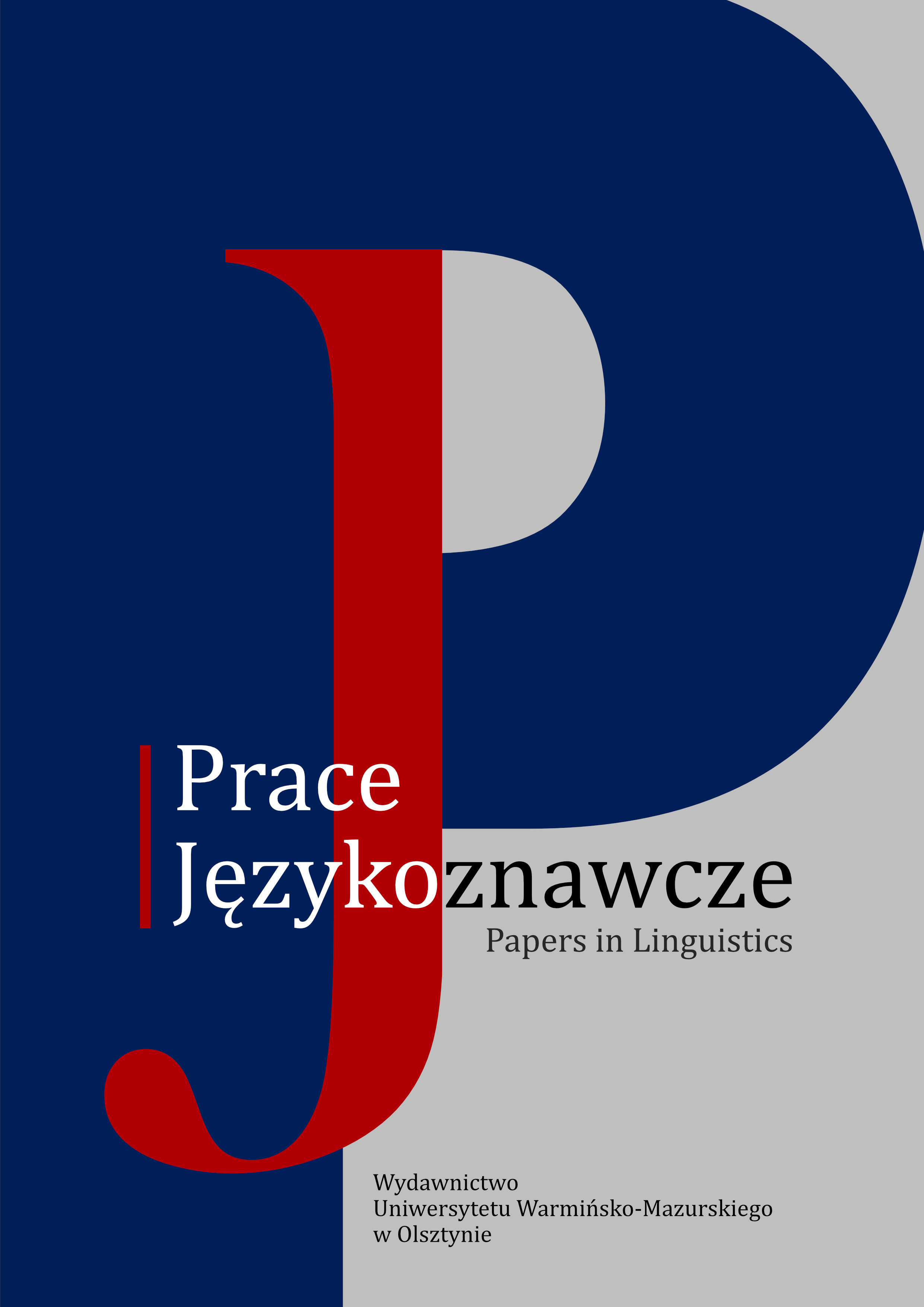Proto-Saamic *ruottē ‘soot’: a native word
or a borrowing?
Proto-Saamic *ruottē ‘soot’: a native word
or a borrowing?
Author(s): Mikołaj Rychło, Tomasz WitczakSubject(s): Finno-Ugrian studies, Philology
Published by: Wydawnictwo Uniwersytetu Warmińsko-Mazurskiego w Olsztynie
Keywords: borrowings; Finno-Ugric languages; Germanic-Saamic relations; prehistoric language contacts; Saami languages; Uralic vocabulary;
Summary/Abstract: The aim of the article is to explain the origins of the Saami words: (northern dialect) ruohtti ‘thick layer of soot’, (Inari dialect) ryetti ‘soot’, derived from the Proto-Saamic *ruottē ‘soot’. It is uncertain whether the Proto-Saamic word is inherited or borrowed from a foreign source. The article takes into account both possibilities. Firstly, PSaa. *ruottē ‘soot’ may be derived from the Finno-Ugric *rata (*rota) ‘hot steam, vapor, fog’ attested in Permian and Ugric languages. The juxtaposition is phonologically impeccable and semantically acceptable, as long as we assume the following cycle of semantic changes: ‘hot steam’ > ‘fog, vapor’ > ‘smoke’ > ‘smog’ > ‘incomplete combustion residues’ > ‘soot’. Secondly, the Proto-Saamic term can be considered to have been borrowed from a Germanic source, cf. OS. hrot m. ‘soot’, MDu. roet n. ‘grease, soot’, Du. roet n. ‘soot’, OHG. ruoz m. ‘id.’, G. Ruß m. ‘id.’ (< WG. *hrōta- m./n. ‘soot’). This etymology is possible for phonological and semantic reasons; however, it is not easy to indicate the ways of adopting the Germanic appellative, attested only in West Germanic languages, into Proto-Saamic. On the other hand, the possibility that WG. *hrōta- was borrowed in prehistoric times from a Saami source should be strictly excluded.
Journal: Prace Językoznawcze
- Issue Year: 25/2023
- Issue No: 4
- Page Range: 5-18
- Page Count: 14
- Language: English

